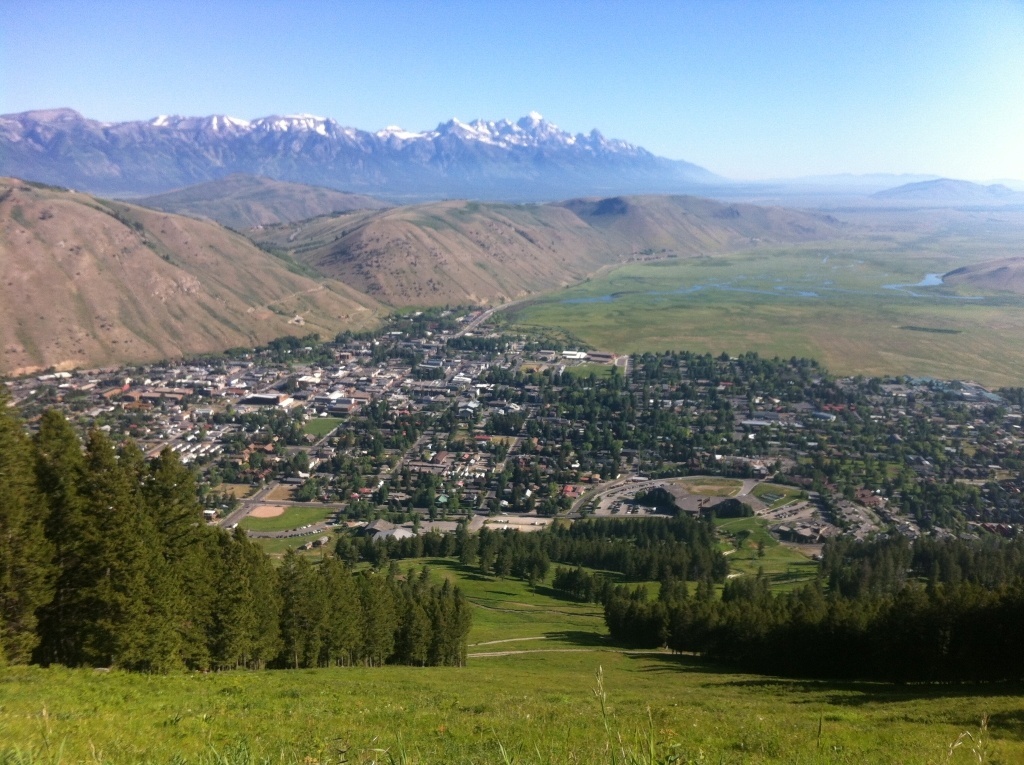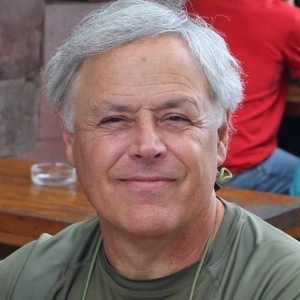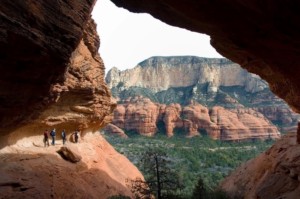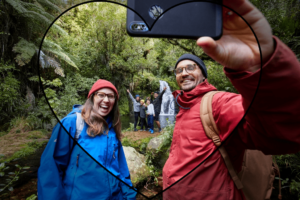Two tourism democratisation challenges to consider as we plan for recovery

Sustainable tourism consultant Tim O’Donoghue leads the collaborative efforts of Teton County, Wyoming, USA to become a sustainable destination. In this “Good Tourism” Insight, Mr O’Donoghue identifies two core challenges to achieving community consensus around tourism development planning and destination management.
Most communities that are travel destinations have seen their tourism economies grow organically and tourism industry collaboration and oversight evolve reactively.
At the start, pioneering and influential tourism businesses often assume leadership roles. Collaboration generally starts occurring after a critical mass of tourism operators realise that it makes sense to pool resources for more efficient and effective destination marketing. If that is successful, it is often only in reaction to the stresses that overtourism puts on environmental, community, cultural, and commercial resources that collaboration starts to focus on destination management.
A host community’s values must direct tourism, not vice versa, and preferably from the start rather than as an emergency response. In order for tourism to be embraced and supported by the community, local stakeholders and residents must drive the planning process; establish a tourism vision, create tourism policy, develop tourism strategies, and set goals, actions, and performance measures. A destination stewardship council comprised of representatives of all segments of the community is necessary to ensure that the implementation of tourism management and development plans are consistent with the ethos and diversity of the community.

While highly desirable, the democratisation of local tourism development is not without its challenges. There are many. Here are two:
A tourism democratisation challenge: Change management
Community leaders must recognise that change can be hard on people.
Successful tourism businesses, for example, may be resistant to change due to perceived costs, and may work to block policies that prioritise environmental stewardship and social responsibility. To this day, despite abundant research to the contrary, there exists an old paradigm perception that economic health is at odds with the environment, culture, and community of a place.
A key responsibility of community leaders is to educate all stakeholders on the economic benefits of environmental and social sustainability, as well as the importance of financial sustainability. However, once such engagement has begun, it must itself be sustainable; it must be consistently delivered, continuously updated, rigorous, and well-funded.
An effective democracy cannot exist without unbiased sources of information and trusted media and educators.
A tourism democratisation challenge: The feedback loop
Another challenge for community leaders is maintaining an open mind.
Tourism industry officials should be prepared to receive feedback that is hard to hear, especially from places experiencing the negative impacts of overtourism. Development and management plans that are legitimate expressions of community values and priorities must have credible mechanisms for soliciting, tracking, and responding to feedback. Such mechanisms include surveys, webinars and workshops, and other forums that are facilitated by trusted, experienced, and well-organised professionals.
Hopefully, tourism planners who seek community input do so out of sincere civic responsibility, not out of desperation or as a box-ticking exercise.

An example of a community that has envisioned a tourism future that reflects its community values and priorities is Sedona, Arizona, USA. In response to feedback from its stakeholders and residents, the Sedona Chamber of Commerce & Tourism Bureau made plans that integrated environmental, social, and economic sustainability strategies. In addition, the organisation shifted its focus from destination marketing to management, and became formally recognised as a destination management organisation.
My own community of Jackson Hole, Wyoming, USA is shifting from driving tourism to managing it. As part of our destination certification efforts, local government has approved a set of overarching sustainability policies. In response to the pandemic, our community created and is implementing an economic recovery and resiliency plan that includes public health metrics and guidelines. These are promising steps in developing a more comprehensive set of social, environmental, and economic sustainability performance measures that better reflect our community and its future as a tourism destination.
What do you think? Do you have similar views on the democratisation of tourism? Or do you disagree? Share a thought or experience in the comments below. Or write a deeper “GT” Insight. The “Good Tourism” Blog welcomes diversity of opinion about our travel & tourism industry because travel & tourism is everyone’s business.
Featured image (top of post): By Rutha Copley (CC0) via Pixy.
About the author
As executive director of the Riverwind Foundation, Tim O’Donoghue leads the collaborative sustainable development efforts of Teton County, Wyoming through the Jackson Hole & Yellowstone Sustainable Destination Program, including Teton County’s adoption of the Global Sustainable Tourism Council’s destination criteria.

Jackson Hole and the Program have been selected by the World Travel & Tourism Council as a Destination Finalist in the 2018 Tourism for Tomorrow Awards; National Geographic as a Destination Leadership Finalist in the 2017 World Legacy Awards; and by Green Destinations as a Top 100 Sustainable Destination for three years.
Tim is the principal of Riverwind LLC, offering a range of training and technical assistance services for organisations and destinations that wish to incorporate sustainability in their planning, operations, and staff training. These services include The Long Run’s technical assistance and assessments of its members. Tim also serves on the Responsible Tourism Institute’s Scientific Advisory Board, and he mentors University of Wyoming students in sustainable tourism development.
As the former executive director of the Jackson Hole Chamber of Commerce, Tim led efforts to integrate and promote economic, environmental, and social values and priorities into the policy and practices of local businesses.
Tim’s professional not-for-profit and private-sector career includes program and project management in various other industries, including nuclear power, hazardous waste, space science, and the NASA space station, spacelab, and Voyager 2 programs.





